Here are seven tips for successful container gardening that work well for vegetables, flowers, herbs and even house plants.
This is because container gardening has many benefits.
It’s hard to believe more people don't grow plants in containers.
Although container gardening has become more popular over the past couple of decades, it still isn’t as popular as many other methods.
Many people live in apartments or in homes with very little yard space.
Container gardening allows them to have a garden on a porch, patio, or even indoors.
It is possible to grow a small container garden in a sunny windowsill in a kitchen, in a sunroom or spare bedroom.
Some people even grow plants in a closet by using a grow light!
Growing plants in pots really makes it easy to have a garden when you don’t have the space for a traditional one!
From flowers to herbs to vegetables you can grow almost anything in a container as long as the container is large enough and the plant properly cared for.
Container Gardening Advantages
One of the biggest benefits of growing your plants in containers is the fact that it makes gardening accessible to almost anyone.
Handicapped individuals find growing their plants in containers makes it easier to locate plants where they can easily reach them.
There are even containers made especially to mount on top of deck railings that make accessibility easier.
Many people in wheelchairs like to place their pots on a low table to make them more accessible to them.
Elderly people who can’t work traditional gardens find container gardening to be an excellent way to once again enjoy their favorite hobby.
Even children find container gardening to be much easier than traditional gardening, because they don’t have to weed, rake or hoe, and they don’t have to have an adult turn the soil for them.
Another major benefit of container gardening is the ability to move plants if you need to.
If you’re growing your plants outdoors and bad weather comes, you can bring your plants inside where they’ll be safe.
If your plants are getting too little sun or too much, you can easily move the containers to a better location.
This makes planting vegetables in containers so ideal for those who grow cool weather crops but wish to keep them growing during the hot summer days.
Simply move the container to a shady area, add some mulch to the top of the soil and keep it watered so the soil stays cool.
You can even move your plants on a whim if you decide they’d look better elsewhere.
Plants grown in containers don’t have the same issues with diseases that plants grown in the ground often have.
Although some container-grown plants do get diseases, it is far less likely than it would be if those plants were grown directly in the soil.
Potting soil is generally free of disease-causing organisms.
This is why purchasing potting soil designed for container gardening is recommended.
Saving space is another great benefit of container gardening.
Start With Good Soil
Growing plants in containers is not difficult.
Here are several tips for creating a wonderful hanging basket or container garden this summer.
Begin by using an artificial soil composed mostly of peat moss.
Good soils such as Fafard or Pro-Mix use perlite, peat, and other ingredients to produce a soil that will not compact over the summer.
Real garden soil compacts under the pressure of regular watering.
When it does, plant roots stop growing because they require good open spaces to move into and absorb nutrients.
Hard, compacted soils do not grow good plants so do not use real soil in your containers.
I re-use my artificial potting soil from year to year as long as I know the plants I grew in it did not die from disease or pest problems.
I dump the old out of the pot every spring.
I break it up with a shovel to cut up all last year's roots and add compost - approximately 10% by volume.
The compost increases air spaces and gives plants a boost in healthy nutrition.
I also check to see if there is still plenty of vermiculite and perlite in the mixture.
If it looks like it needs more, I add some.
I make my own soil using peat moss, vermiculite and perlite.
This mixture is sterile enough for seed starting and good enough to grow large tropical plants in.
Potting Up
In the event I am growing plants that overwinter in the containers, I top off each container plant with 3 inches of compost per year to add nutrients.
I do make sure the plant is not root bound before I do this.
In the event the plant is root bound, I remove it from the pot, remove as much soil as possible and follow the steps above.
When potting a plant up, choose a container that is one size larger than the container the plant is currently growing in.
Fertilize Organically
It is important to feed your container plants weekly.
Keeping your plants well-fed is easier when they’re grown in containers.
It’s also easier to ensure the fertilizer you use gets to your plants if they’re confined to a small area of soil.
When you fertilize plants that are growing directly in the ground, the fertilizer eventually washes away.
It is absorbed by other nearby plants.
This is not as likely when plants are grown in containers because typically there is only one plant in each container.
Of course, when plants are grown in containers, the soil mass is relatively small, thus the fertilizer can be washed out of the soil faster than when plants are grown in the ground.
Because of this, you do often need to fertilize more often than you would a traditional in-ground garden.
But you can rest assured that your plants are getting more of the fertilizer before it washes out of the pot than they would get if they were grown in the ground.
More About Plant Fertilization
Nitrogen, the engine of plant growth, is water soluble and as you water your containers from the top the dissolved nitrogen is leaving from the bottom.
Nitrogen is important for plant growth.
I use a fish-emulsion liquid feed with seaweed to provide all the trace nutrients my plants require and recommend it highly.
I also sprinkle kelp in the top of my container plants.
Kelp provides all the nutrients plants need and is especially good for using on edible plants.
As the plants take up the nutrients in the fertilizer, they go into the fruits or vegetables and we get some of those nutrients when we eat the food the plant produces.
You can use any plant food that you like to promote growth.
I recommend you choose one that is organic.
Compost tea is the Cadillac of liquid plant food and if you make your own compost tea, your plants will respond with bigger and better blooms as well as increased vigor.
Moo Poo Tea from Authentic Haven Brand is a wonderful compost tea that I highly recommend.
It works for both indoor or outdoor plants.
It is ideal for established plants or seedlings.
I use it a lot for seedlings in the greenhouse and get much larger, hardier plants.
Water Throughly
Finally, no matter the size of the container, it is important to water it well every time you water.
Continue watering until water emerges from the bottom of the container.
This ensures the roots reach all parts of the container and grow properly because roots do seek out water.
Under watering or over watering is the main cause of failure in growing container - or even in ground plants.
Ideally you want the soil to remain evenly moist.
The easiest way to do this is to throughly water the container every time.
If you use saucers under your pots to catch the runoff, dump them after 10 to 15 minutes.
Leaving the pots sit in water is a recipe for disaster.
There are always a few exceptions to every rule but for the most part, don't let your plant sit in water.
Letting the soil dry out is another recipe for disaster.
It happens sometimes even to the best of us.
In the event the soil does dry out, submerge the pot in a bucket of water and leave it there for 15 minutes or so.
The soil mass might float up out of the pot.
Do not panic.
Let it absorb the water and it will sink back into the pot.
If the container won't fit in a bucket, give it a through watering two to three times so soil and roots can soak up plenty of water.
Be sure to allow the plant to drain well afterwards.
Tips For Extending The Season
When you grow your plants in containers, you’ll also be able to extend the growing season.
By carefully insulating pots by wrapping them in blankets or other insulating materials, you can keep the soil warmer than the ground soil.
You can start your plants early indoors or in a cold frame, then you can easily move them to larger pots outdoors when the time is right.
You can use this method to grow plants after the first frost, and you can even bring plants indoors once it becomes too cold to keep them outside even when insulated.
In addition to keeping the soil warm, it is important to use frost cover over the tops of the plants to keep frost at bay.
Do not lay the frost cover on the plant foliage.
Instead construct a frame over the tops of your plants and put the frost cover on that.
In the event you do not have access to frost cover, use 6 mil. plastic but be sure to take it off once the sun comes up or your plant might burn up.
Final Thoughts
Follow these three simple tips and you are sure to succeed with your container gardening goals this year.
Remember these tips hold true for both indoor and outdoor plants.
Questions?
Leave them in the comments below!
Container Gardening
Benefits Of Container Gardening During Changeable Weather Conditions
Changeable weather conditions certainly impacts gardeners who wish to grow their plants in the ground, but there is a solution. Learn about the benefits of container gardening and how it can help gardeners deal with climate change!
Easy To Grow Tomatoes Ideal For Container Gardens
Ever wonder how to grow tomatoes in pots outside? Start with these easy to grow tomatoes that perform well when grown in containers indoors or out!
Growing Edible Crops In Pots
Have you considered growing edible crops in pots? From dwarf fruit tree to herbs and even vegetables it is fun and easy to do.
Easy Guide to Growing Potatoes in Straw-filled Containers
Unearth the secrets of successful container gardening with our in-depth guide to growing potatoes in straw for a bountiful harvest.
Creative Container Flower Gardening Ideas
Learn what is necessary to take your creative container flower gardening visions from an idea to an actual container garden with that wow factor!
Shade Loving Plants for Containers: Create a Leafy Haven in the Shadows
Explore the allure of shade-loving plants like hosta, bleeding hearts, and hellebores in containers under a serene shade tree canopy.
Creative Tips for Container Gardening
Think outside the box with these container design ideas. Create creative containers filled with flowers, herbs or vegetables.
Tips For Starting A Container Garden
Growing plants in containers is an ideal alternative to growing plants in the ground. Check out these tips for starting a container garden.
Container Landscaping Ideas
Even if you can't plant in the ground, learn how to make your yard or garden look awesome with these container landscaping ideas.
Container Ideas For Gardening: Choose The Best Pots For Your Plants
When it comes to container ideas for gardening there are many choices from wooden pots to things you have laying around your house.
Container Vegetable Gardening
Container vegetable gardening is ideal for people who rent or for people who have limited mobility but want to grow their own vegetables.
Container Gardening Tips: Growing Bulbs and Tropical Plants in Container Culture
Growing tropical plants in container culture can be challenging but once you figure out how to get them to thrive, it is very rewarding.

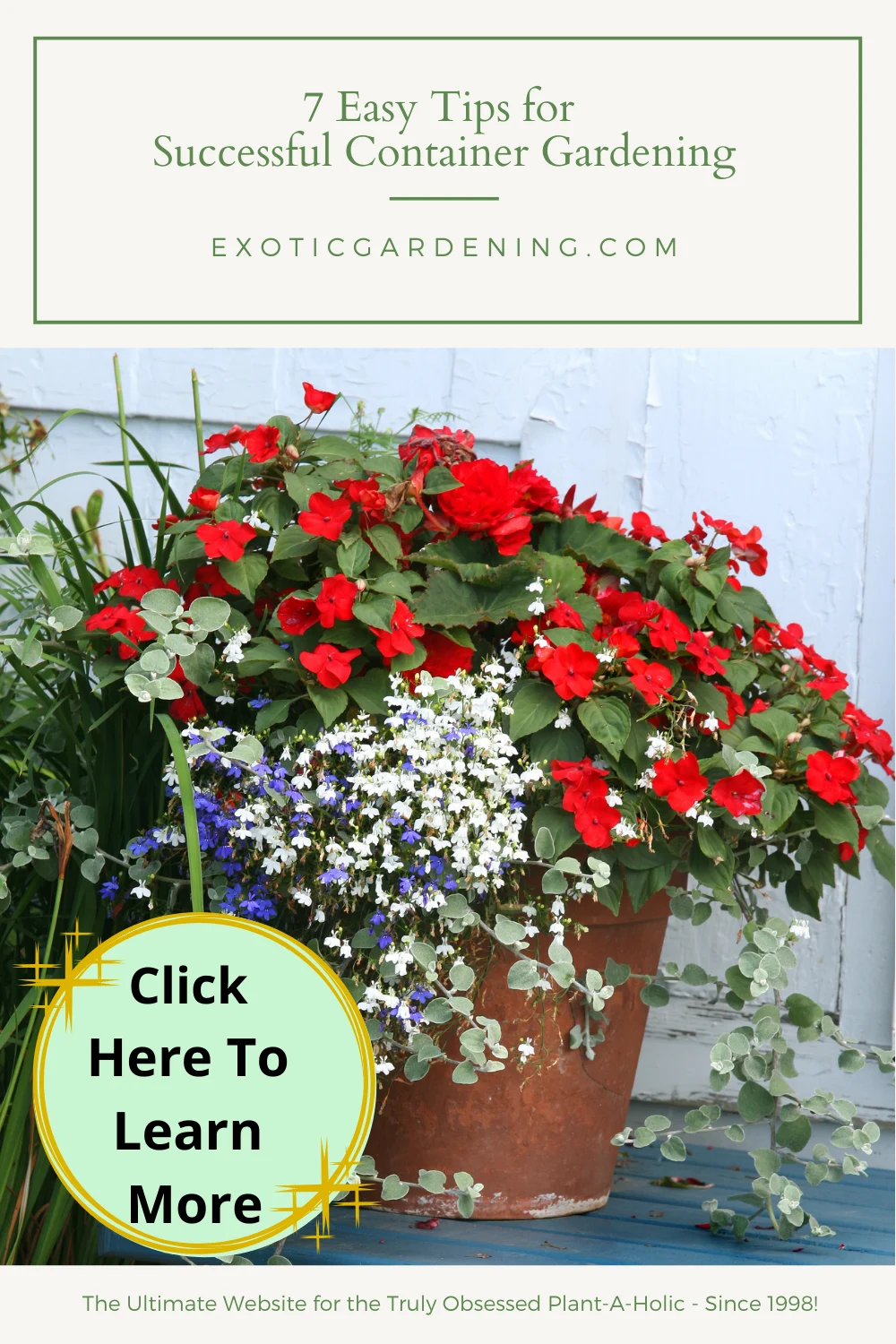
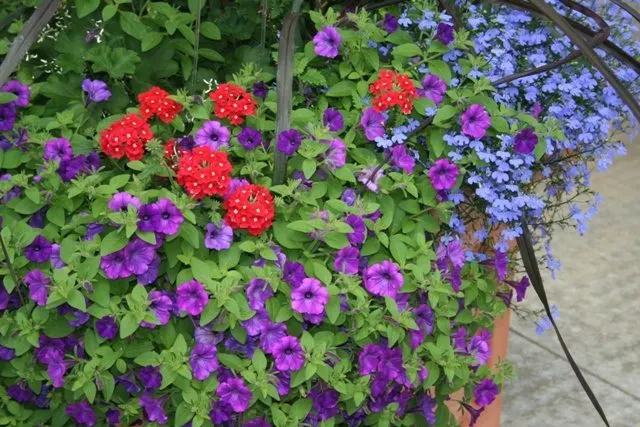
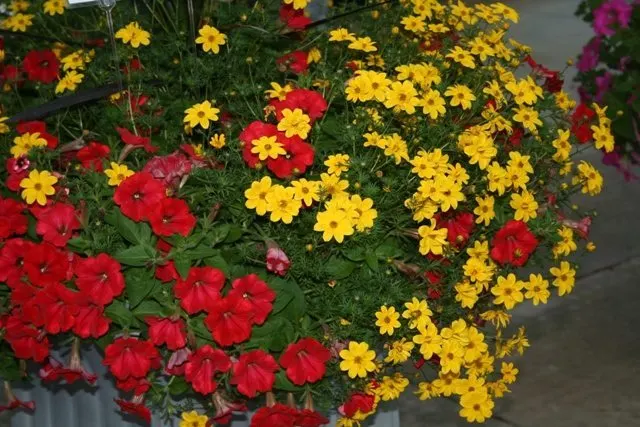
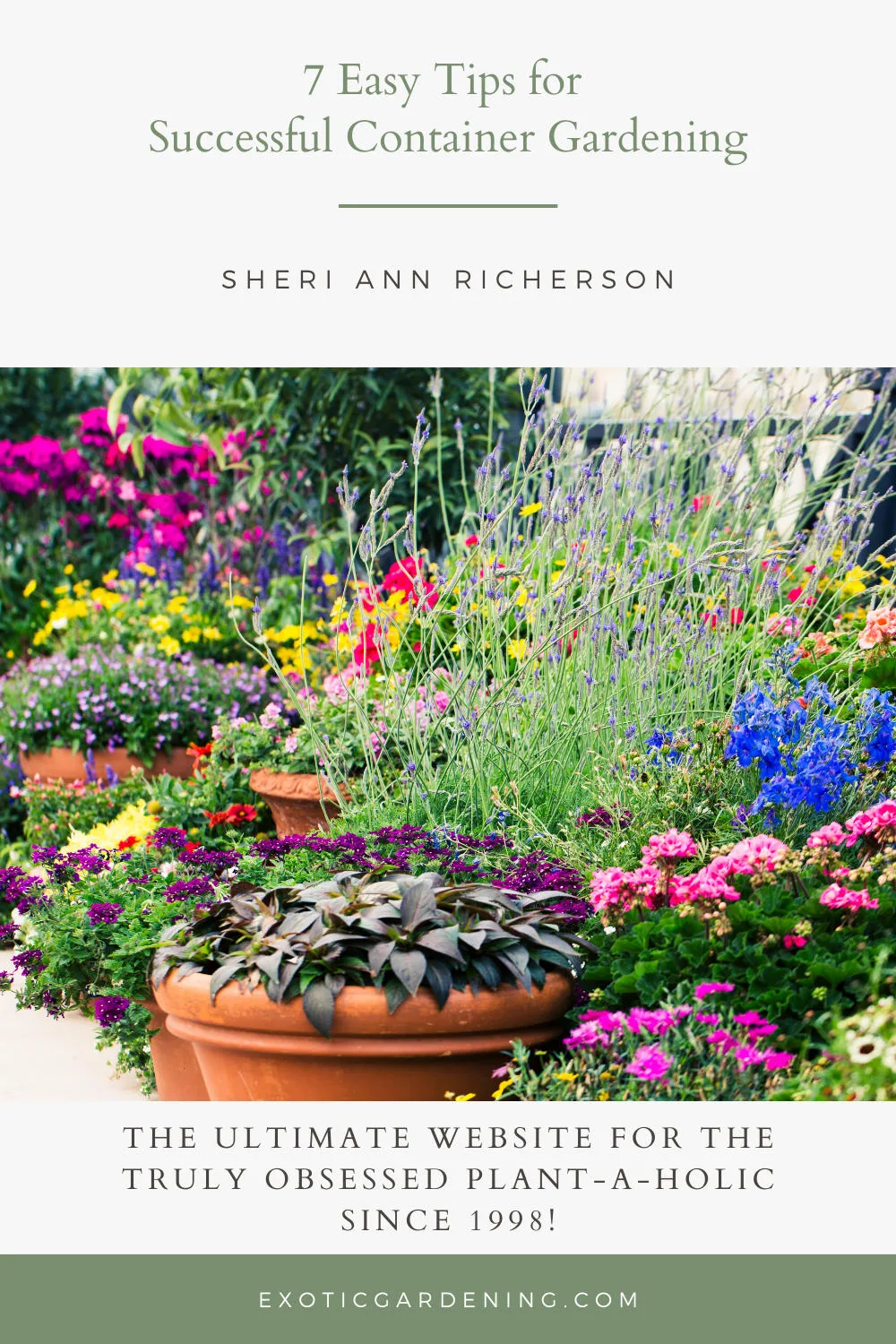
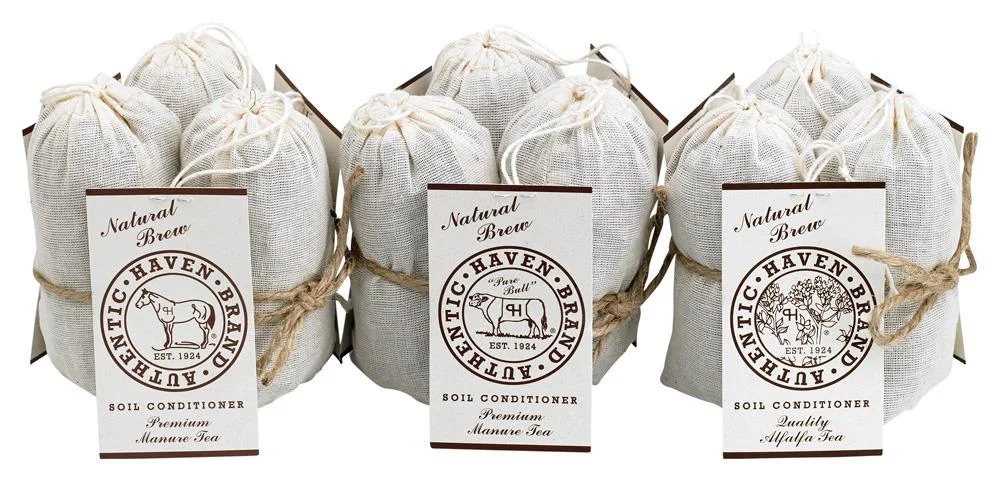
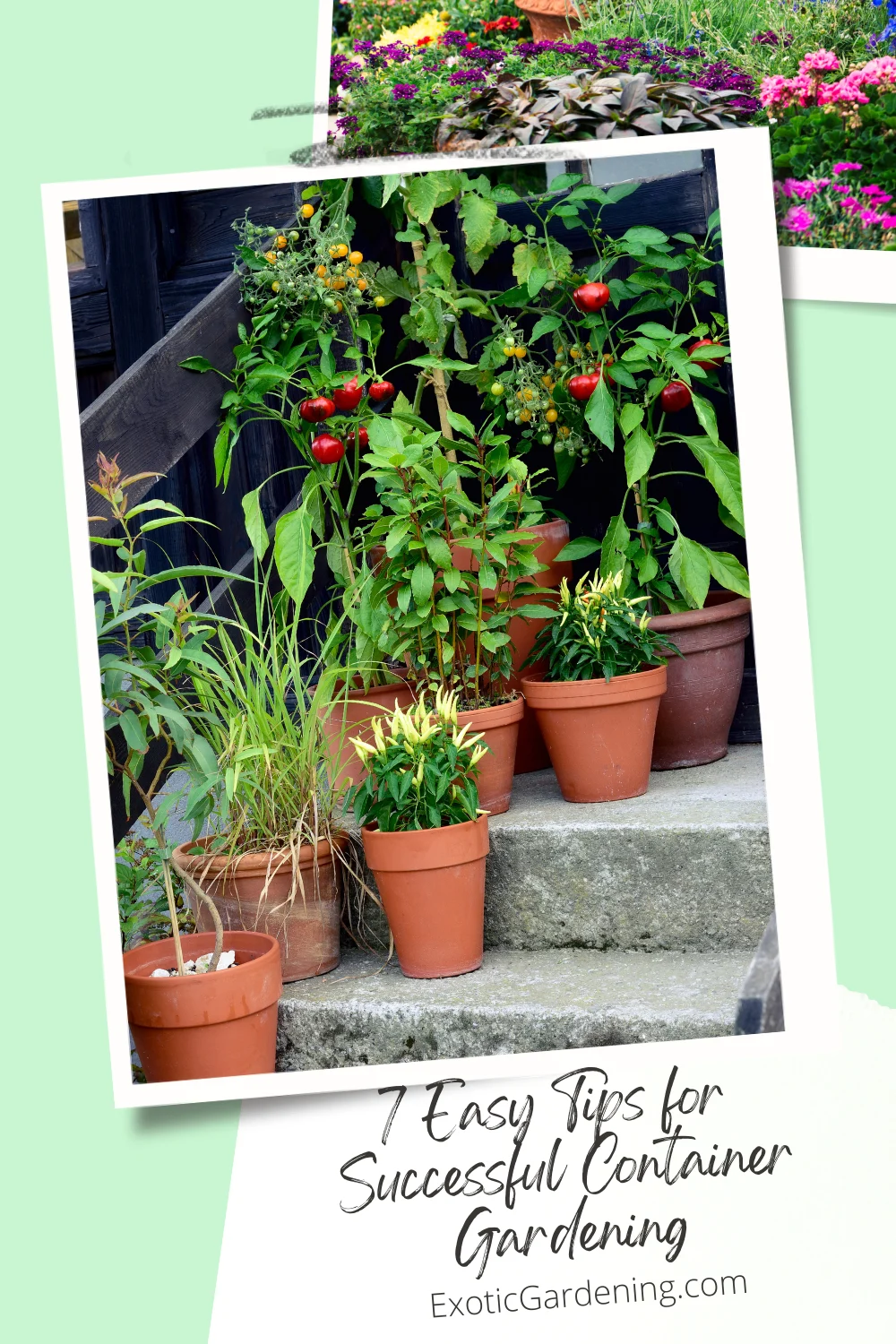
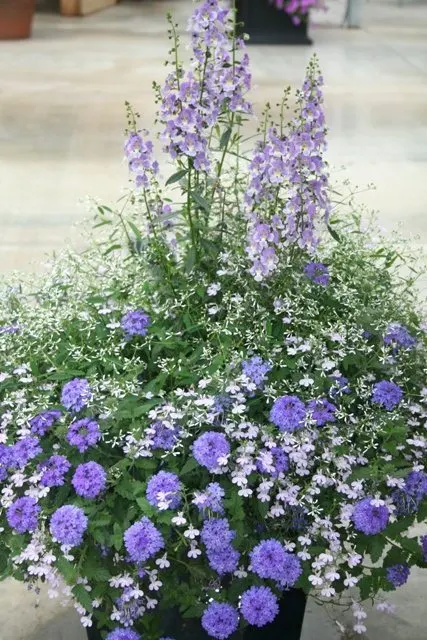
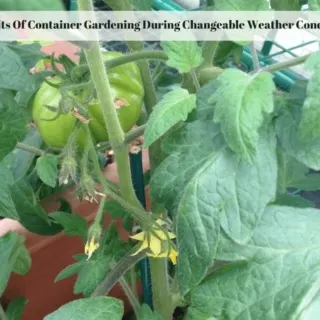
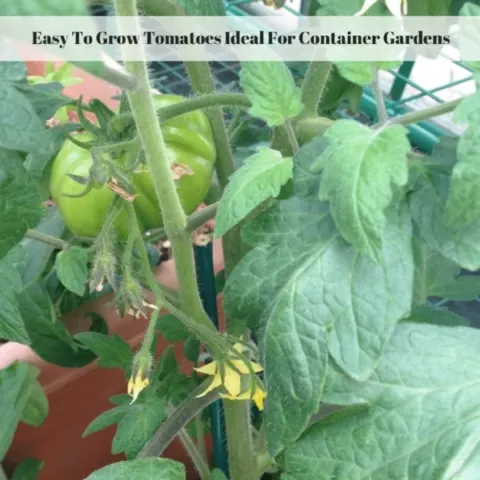
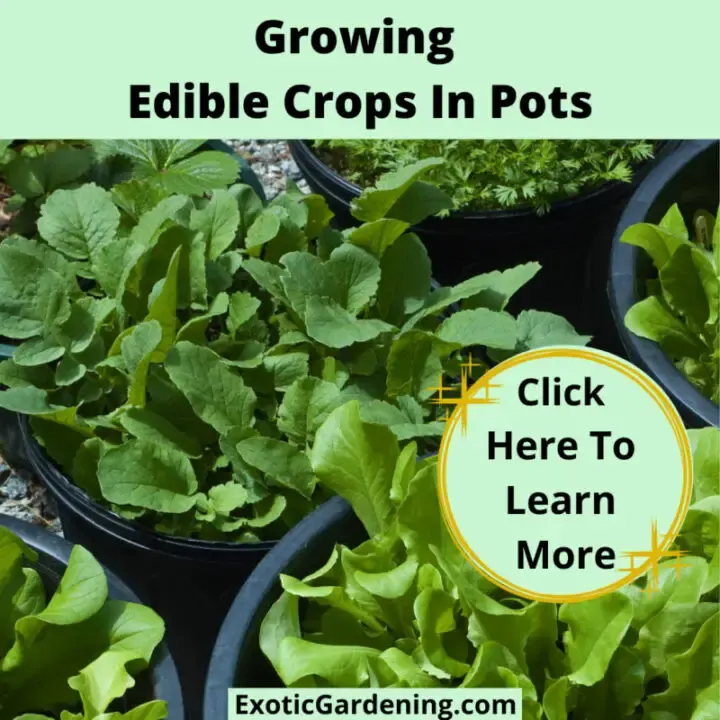
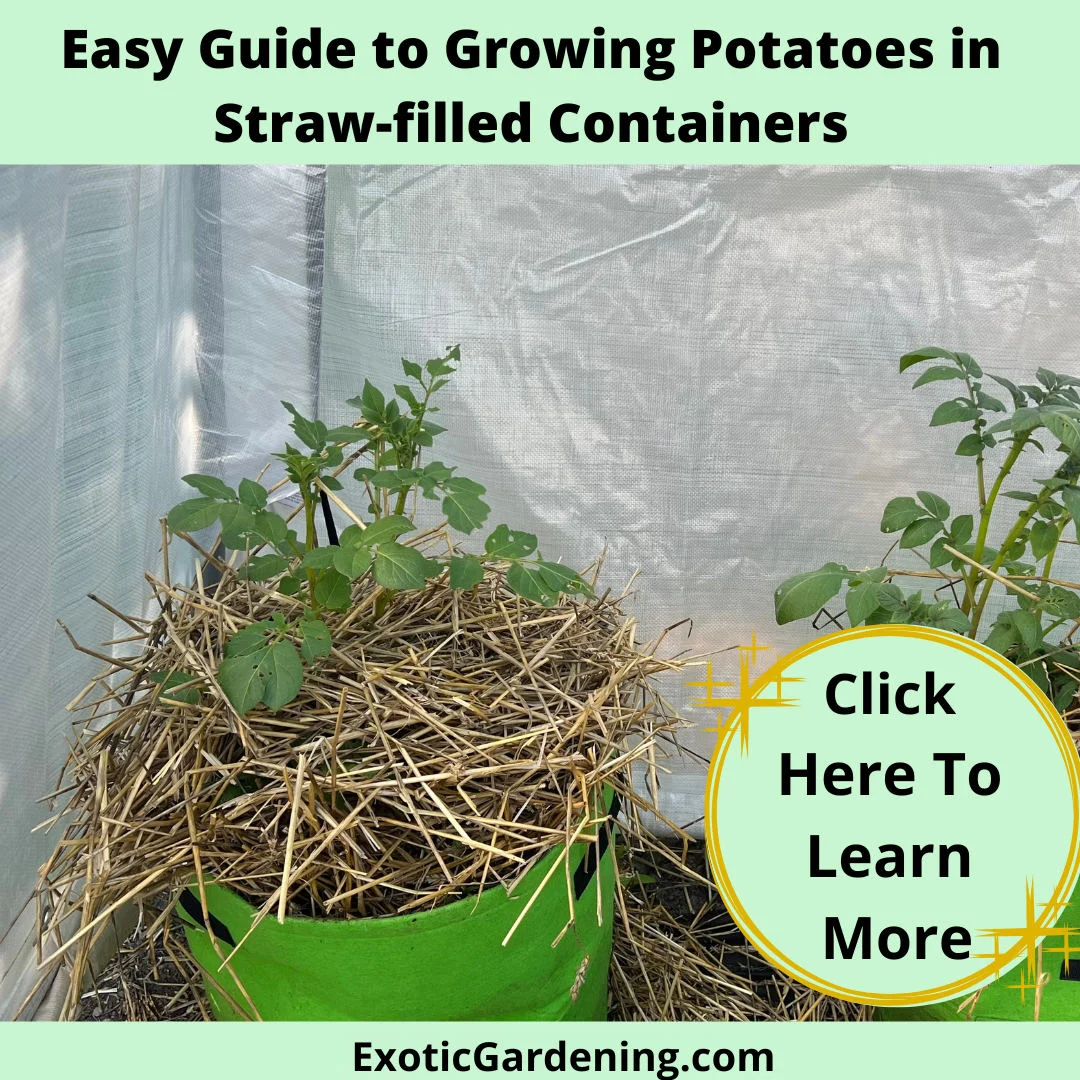
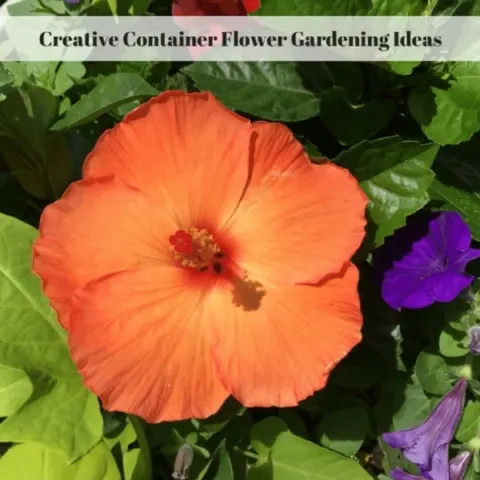
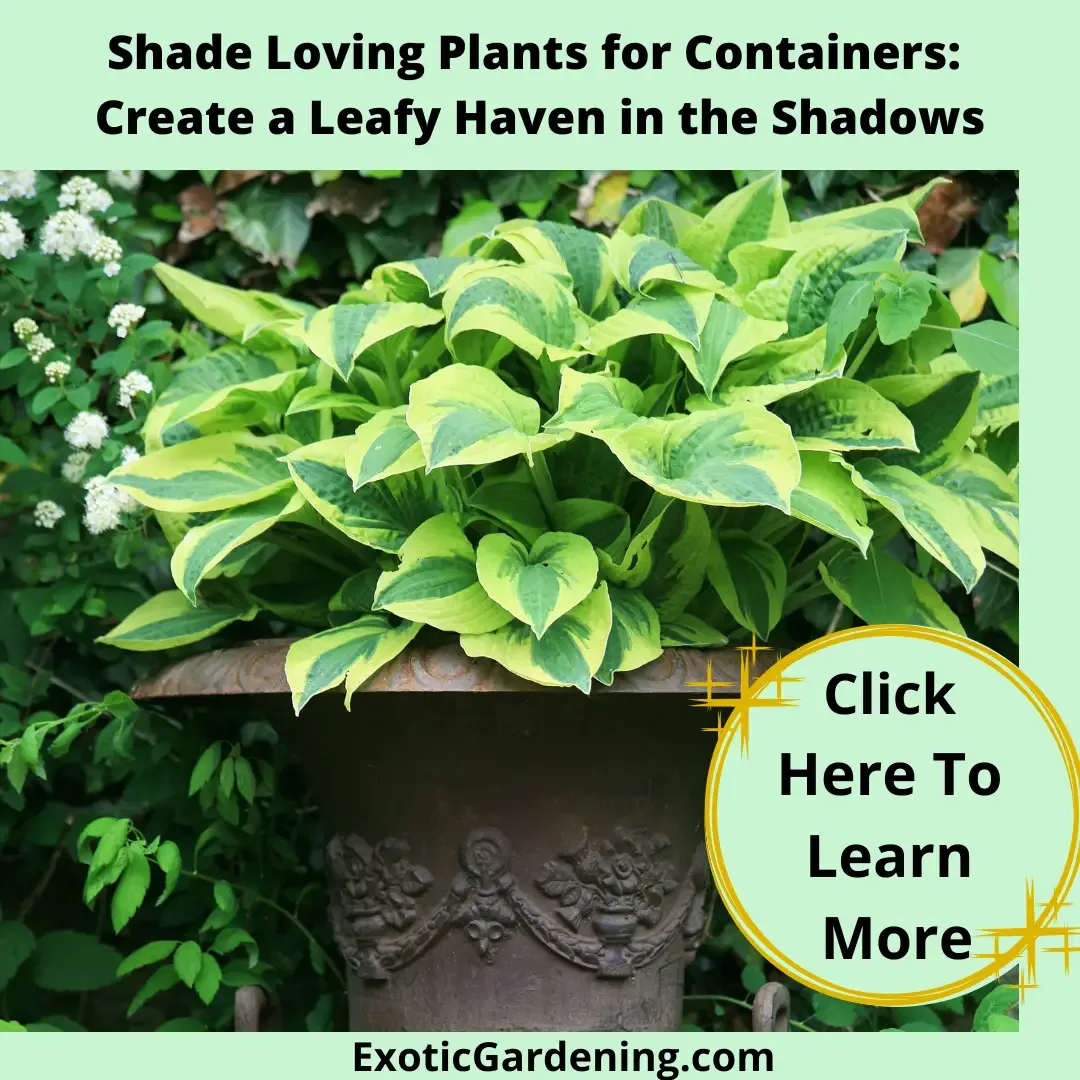
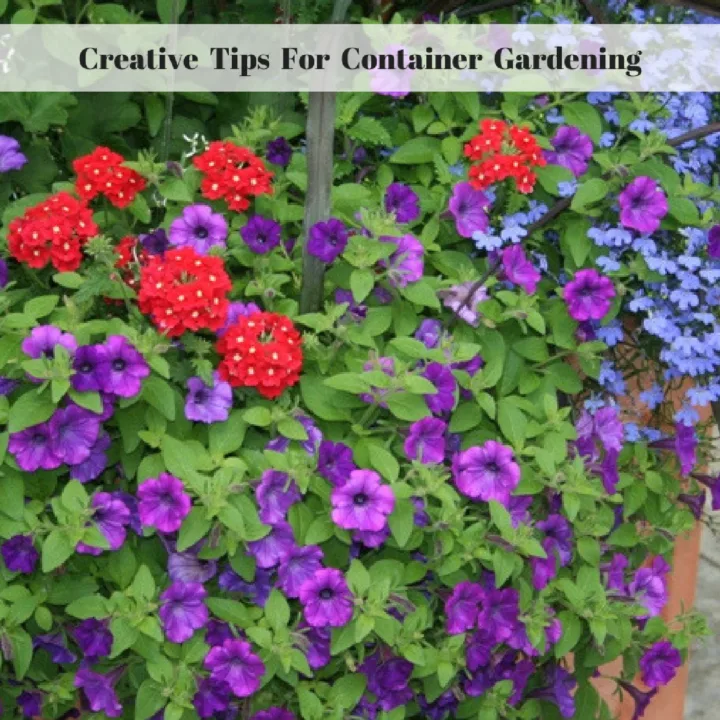
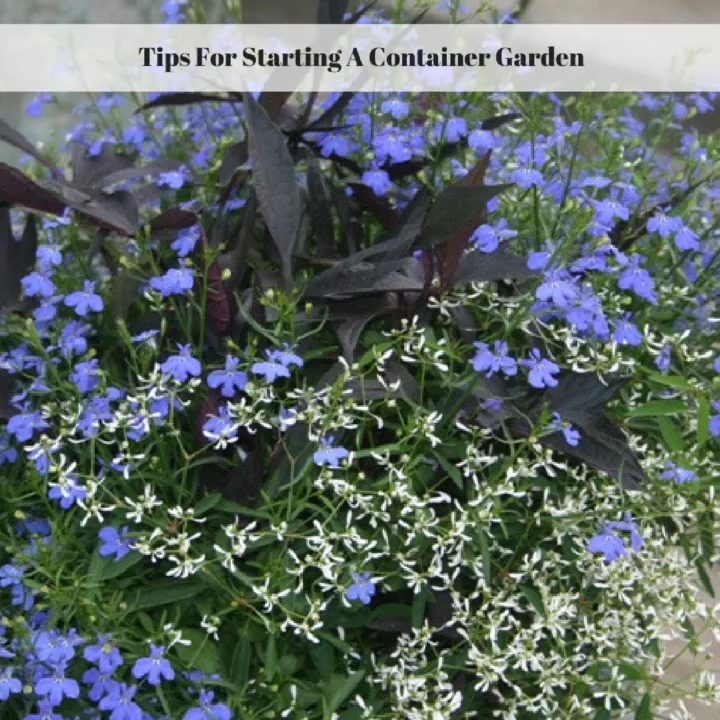
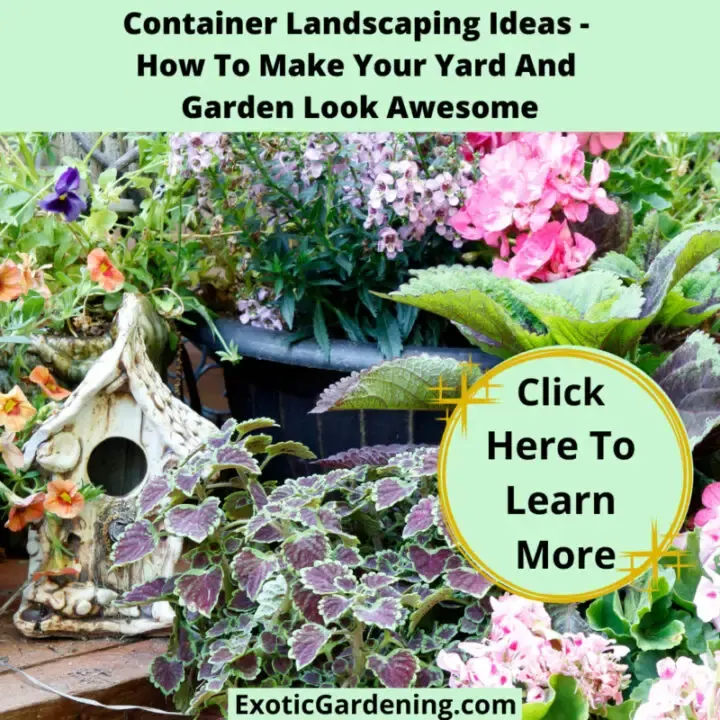
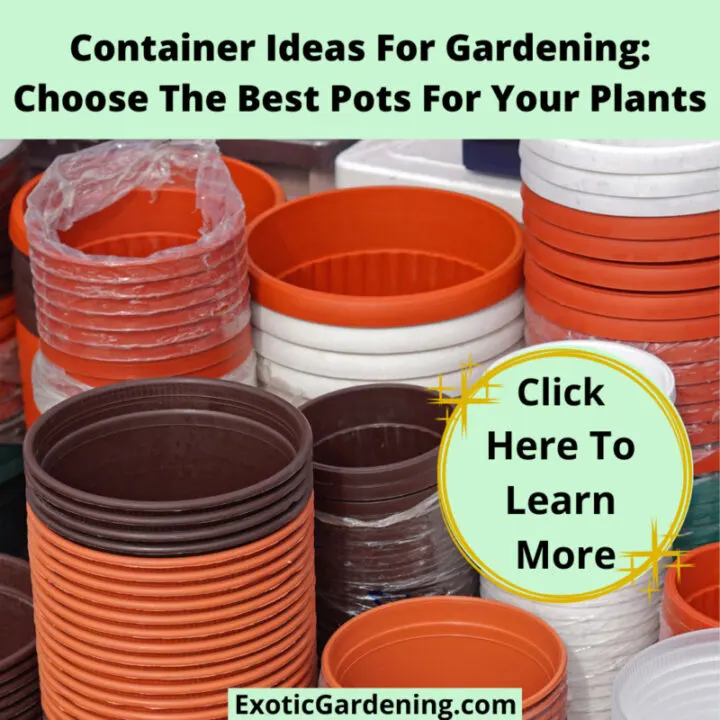
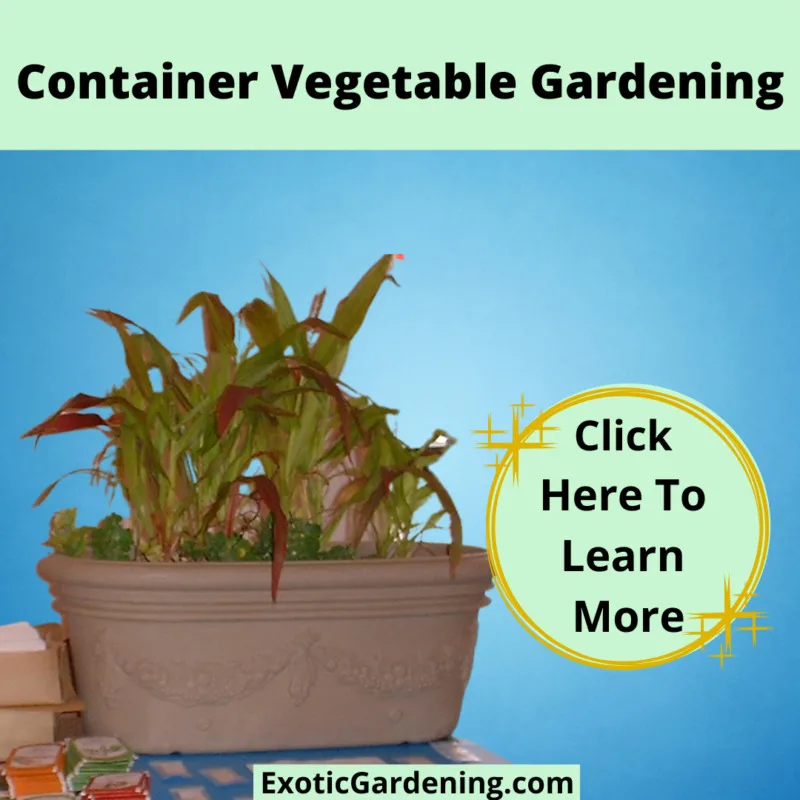
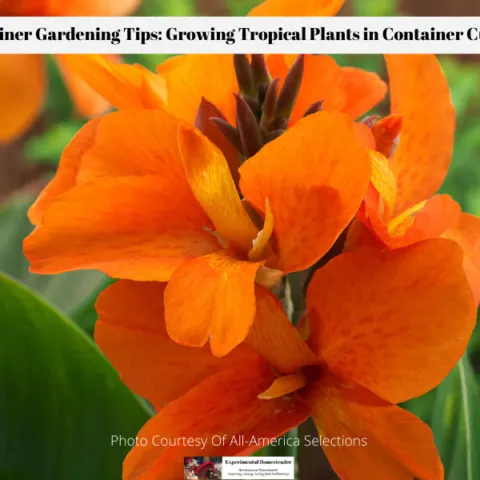



My Greenery Life
Thursday 30th of November 2017
Hi Sheri, thanks for your sharing so much! It is exactly what I need to know about container gardening. I believe that It will help me a lot when planting lol :D
Sheri Ann Richerson
Thursday 30th of November 2017
That is wonderful! Thank you for posting! If you have any questions at all, please feel free to ask me. Have a wonderful day!